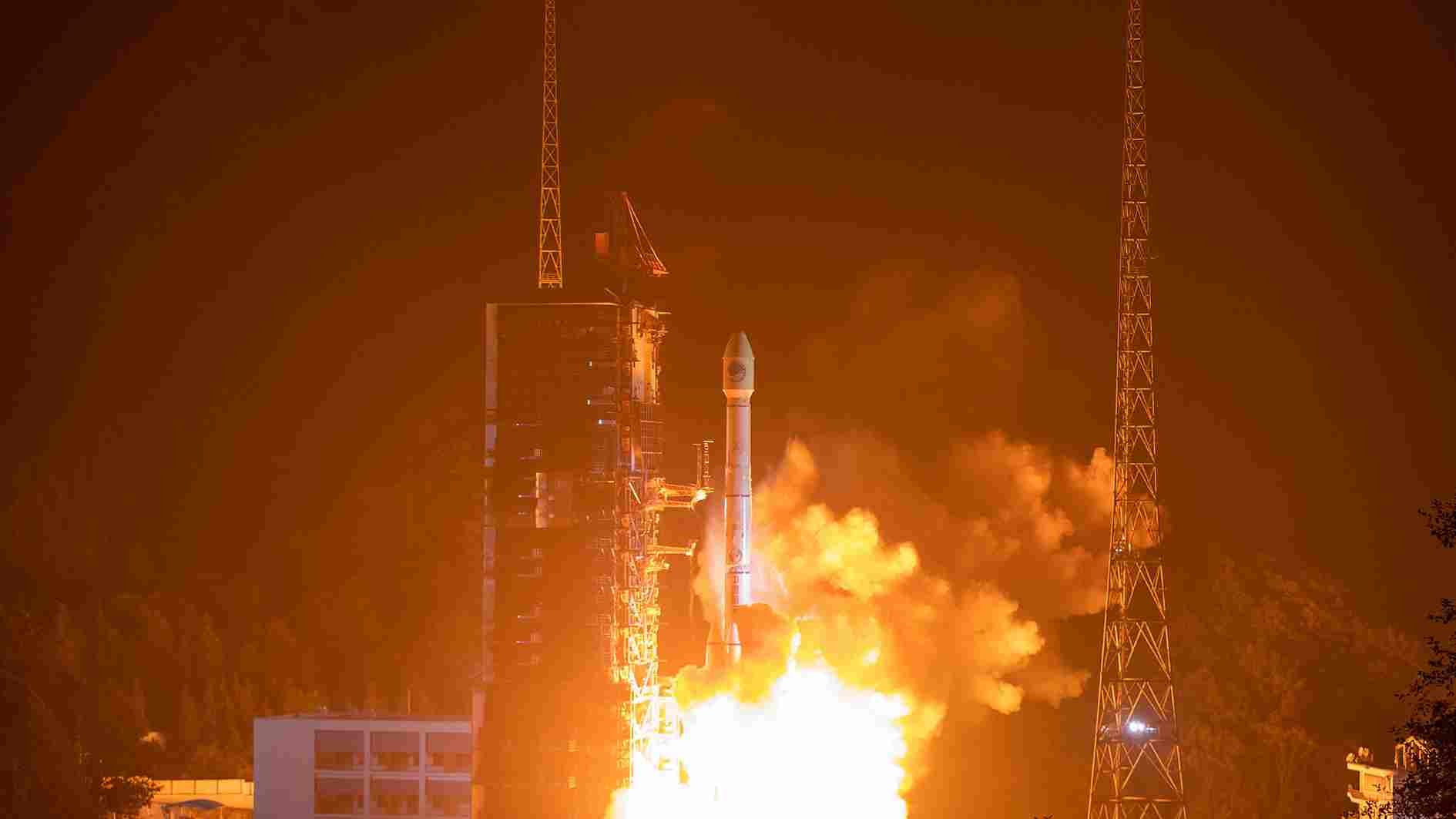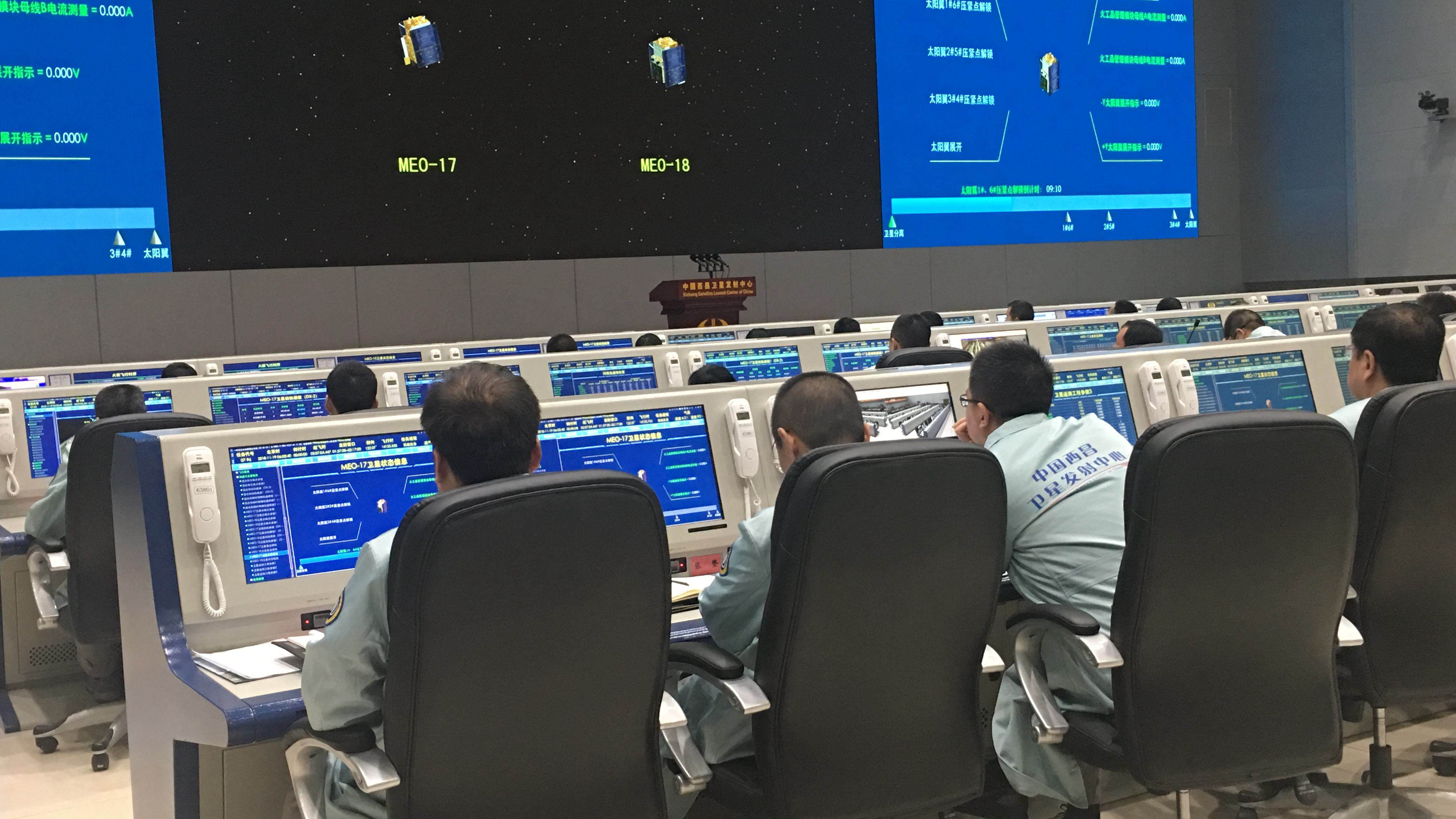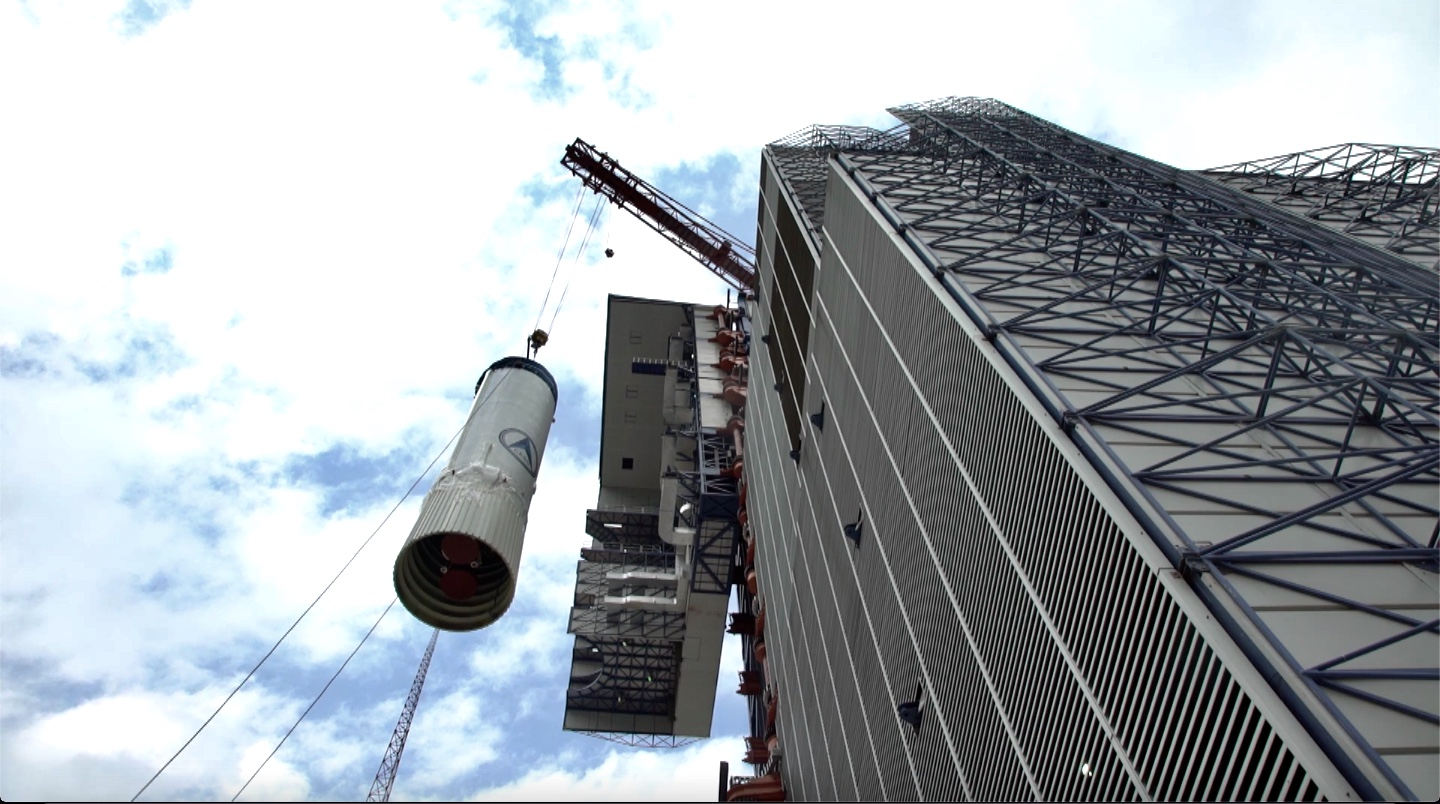
Space
07:57, 19-Nov-2018
China's BeiDou-3 network now almost complete with latest launch
Updated
07:41, 22-Nov-2018
By Yang Jinghao, Wu Siyi
03:02

China sent another pair of BeiDou-3 navigation satellites into space from the Xichang Satellite Launch Center in southwest China's Sichuan Province early Monday morning.
A Long March-3B carrier rocket carrying the twin satellites blasted off at 2:07 a.m. Beijing Time. They entered the designated orbit after a flight of just over than three hours.
Following this launch, a basic BeiDou-3 system with a constellation of 19 satellites will be in place by year-end, serving the countries taking part in the Belt and Road Initiative.

Staff at the Xichang Satellite Launch Center monitor the screens as the satellites proceed to their designated orbits. / CGTN Photo
Staff at the Xichang Satellite Launch Center monitor the screens as the satellites proceed to their designated orbits. / CGTN Photo
"This marks 'a key step' for China's BeiDou to go global, and the BeiDou system has become one of the important achievements that China has made since the reform and opening up," said Yang Changfeng, chief designer of the BeiDou system.
This is the 11th BeiDou-3 mission since the maiden one in November last year. This high frequency of launches has been a huge test for the launch base.
"One of the highlights of this mission is that the two satellites are the heaviest among those in the BeiDou system so far, which almost took the maximum load capacity of the rocket. So we had to pay special attention to all the parameters of the rocket to ensure safety," said Li Benqi, deputy director of the Planning Department of the Xichang Satellite Launch Center.

The carrier rocket that carries the two BeiDou-3 satellites is hoisted at the Xichang Satellite Launch Center. / CGTN Photo
The carrier rocket that carries the two BeiDou-3 satellites is hoisted at the Xichang Satellite Launch Center. / CGTN Photo
The BeiDou-3 project kicked off in 2009. With the efforts of Chinese scientists over the past years, the system now outperforms its previous generation in various aspects.
"Compared with the previous generation, the BeiDou-3 satellites have made many breakthroughs. For example, their lifespan has been expanded from eight years to between 10 and 12 years. Meanwhile, all the products they carry are homegrown," said Xie Jun, chief designer of the BeiDou navigation satellite.
Xie highlighted the upgraded atomic clocks and inter-satellite links, two technological innovations conducive to improving accuracy in timing and positioning.
As one of the four major global navigation satellite systems, BeiDou is also designed to grow into a multi-functional service provider.
"The BeiDou-3 system can not only provide basic positioning, navigation and timing services, but the international search-and-rescue service, and the unique location reporting and short message communication services," said Xie.
The navigation network is scheduled to function globally by 2020, with a dozen more satellites to be launched until then. A comprehensive space and time system that is more ubiquitous, more integrated and more intelligent will be built by 2035.
(Cover Photo: The carrier rocket blasts off from the Xichang Satellite Launch Center at 2:07 a.m. Beijing Time on Monday. /Courtesy of the Xichang Satellite Launch Center)

SITEMAP
Copyright © 2018 CGTN. Beijing ICP prepared NO.16065310-3
Copyright © 2018 CGTN. Beijing ICP prepared NO.16065310-3